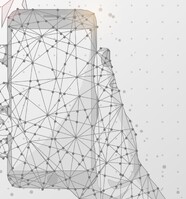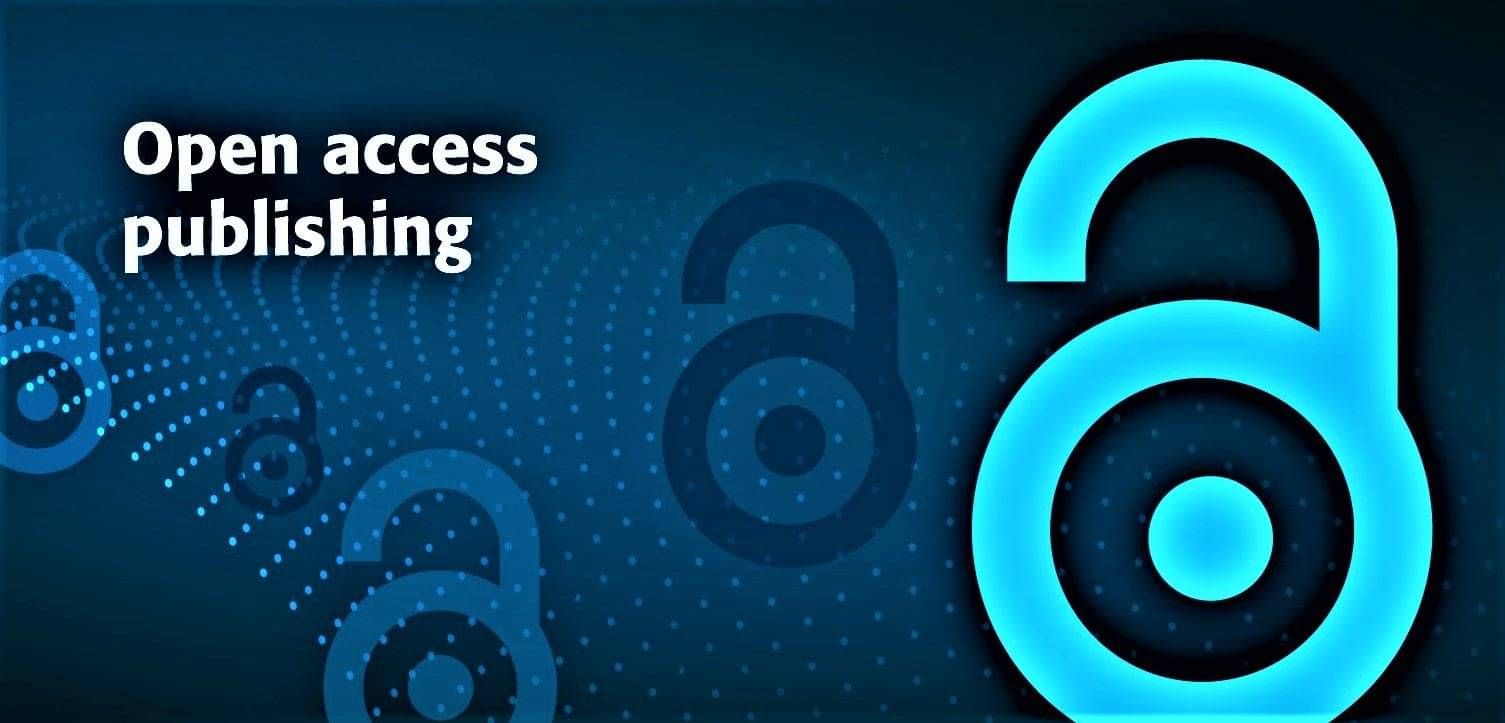
Key points
This Journal is a disruptor of traditional chiropractic Journal publishing: we offer rapid peer-review with a decision to you within one week
We are designed to be read on-line or on devices; we are sleek and fast and easy to navigate
We celebrate our mobile readers and are designed to read best on phones and tablets
We allow 'free-style' referencing. This means we do not impose a 'Journal style' and you are free to use whichever style of referencing you wish; Vancouver, Harvard, endnotes, or footnotes, or other. All we ask is for each citation to carry the information that allows retrieval by the reader, and that you retain consistency across all citations
We speak Chiropractic, not medicine; we are indexed in the discipline's prime data base, the Index to Chiropractic Literature.
We are also listed in EBSCO, the world's largest full-text Journal database.
We are designed for rapid indexing by search engines such as Google and Duck Duck Go
We provide each paper with a QR code for fast sharing with colleagues; their device can scan your paper or your open window on your device
Our PDFs of each paper are fast, one-tap downloads
We remove the obvious. This means we no longer label an X-ray as 'Lateral cervical' for example, simply because we know you know it is a lateral cervical. We no longer use 'URL' in references because our links are coloured green and are obviously a URL. We no longer call the abstract 'ABSTRACT', it is obvious what it is. These make us faster to read
Please note the standard way to give the Digital Object Identifier is DOI, and no longer doi:
When a citation carries either a DOI or the hyperlink (formerly URL) we will not include the PMID or PMCID (these are identifiers going directly to abstracts in Pub Med or Pub Med Central). We prefer to cite the source
We link every back issue on the Landing Page (the Journal home, where you find the current issue)
We celebrate our authors and warmly invite you to submit to us and join our family
We publish in your language with an English abstract
We index all papers in English.

Journal AI policy
Use of AI beyond grammar and spell check must be declared.
AI is not to be used to create new content in an author's name.
The author remains directly responsible in person for statements published in their name.




